Opera’s MiniPay wallet, a lightweight stablecoin wallet built on the Celo blockchain, has introduced a major update that brings everyday crypto payments to users in Argentina and Brazil. The new feature, called “Pay like a local,” allows MiniPay’s 10 million users to spend USDT directly at local shops and online services without manually converting their crypto or relying on exchanges.
Announced during Ethereum Devconnect in Buenos Aires, the integration connects users’ dollar-pegged USDT balances to the region’s most widely used payment rails — Brazil’s PIX system and Argentina’s Mercado Pago. PIX currently dominates Brazil’s payment landscape, serving more than 76% of the population, while Mercado Pago reaches nearly 70% of Argentines, making this integration a significant step toward mainstream crypto adoption.
With this update, MiniPay users can simply scan local QR codes and complete transactions instantly. Behind the scenes, infrastructure provider Noah converts USDT into local currency in real time, ensuring that merchants receive Brazilian reais or Argentine pesos without interacting with crypto at all. This seamless process aims to make digital assets more practical for everyday use, reflecting a broader industry shift from speculative trading toward real-world financial utility.
Julia Szyndzielorz, Opera’s Director of Global Communications, told CoinDesk that support for PIX QR code payments will continue rolling out, and the company plans to expand “Pay like a local” to additional markets soon. To support this wider rollout, MiniPay is teaming up with regional partners including El Dorado, AlfredPay, and Paytrie to strengthen on-ramp and off-ramp infrastructure throughout Latin America and Canada.
As crypto adoption grows across emerging markets, Opera’s push focuses on making stablecoin payments simple, familiar, and integrated with the financial tools people already use daily. The update marks a meaningful milestone in bringing blockchain technology closer to mainstream financial behavior, especially in economies where digital payments are already widely embraced.






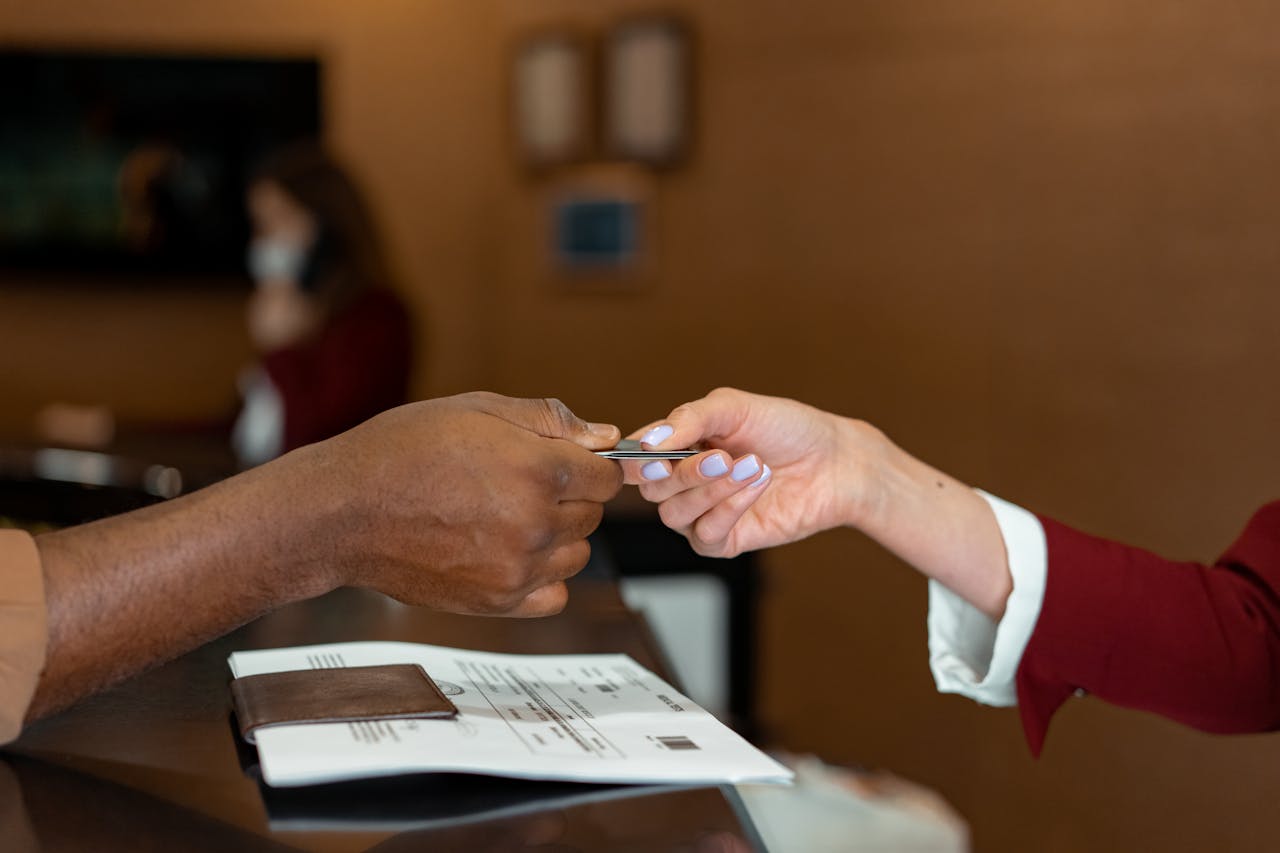




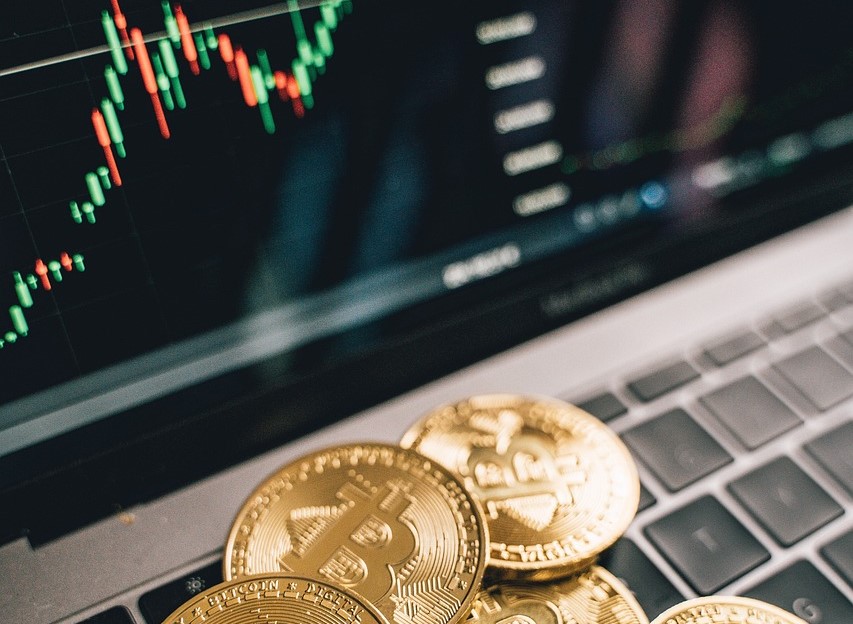




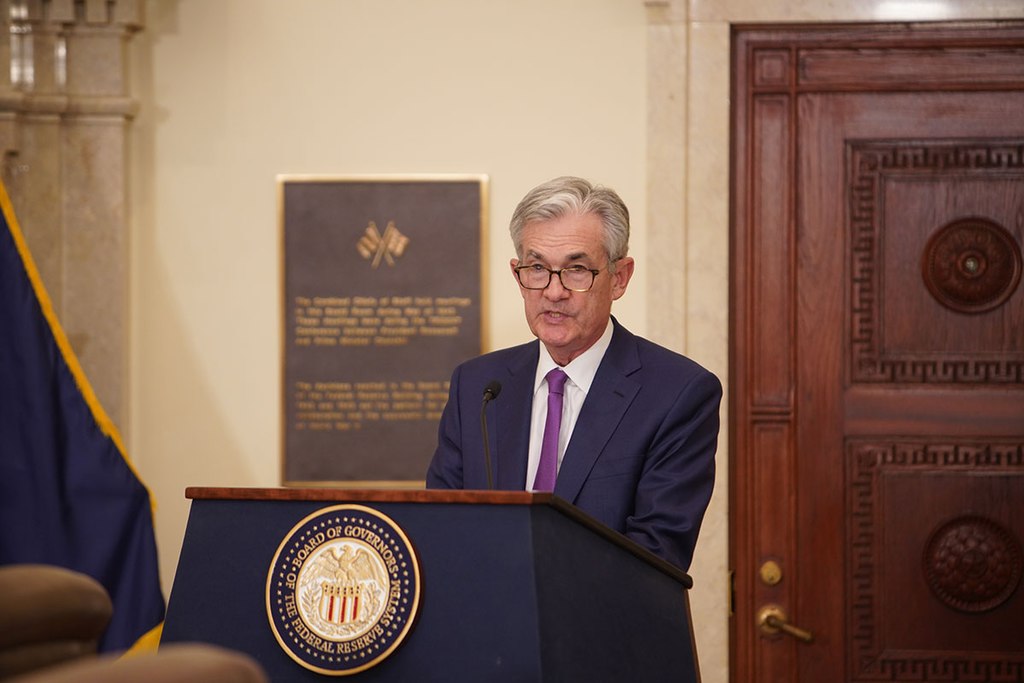
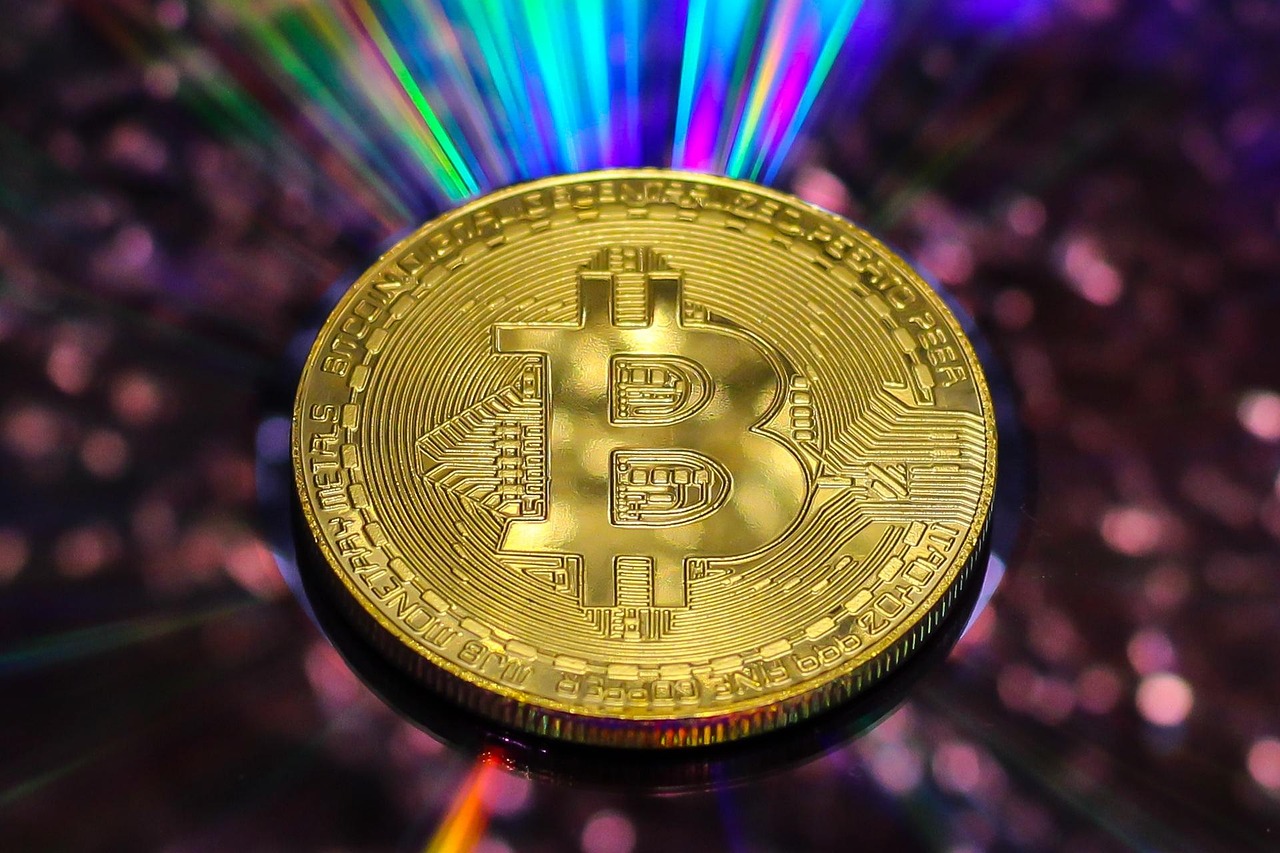





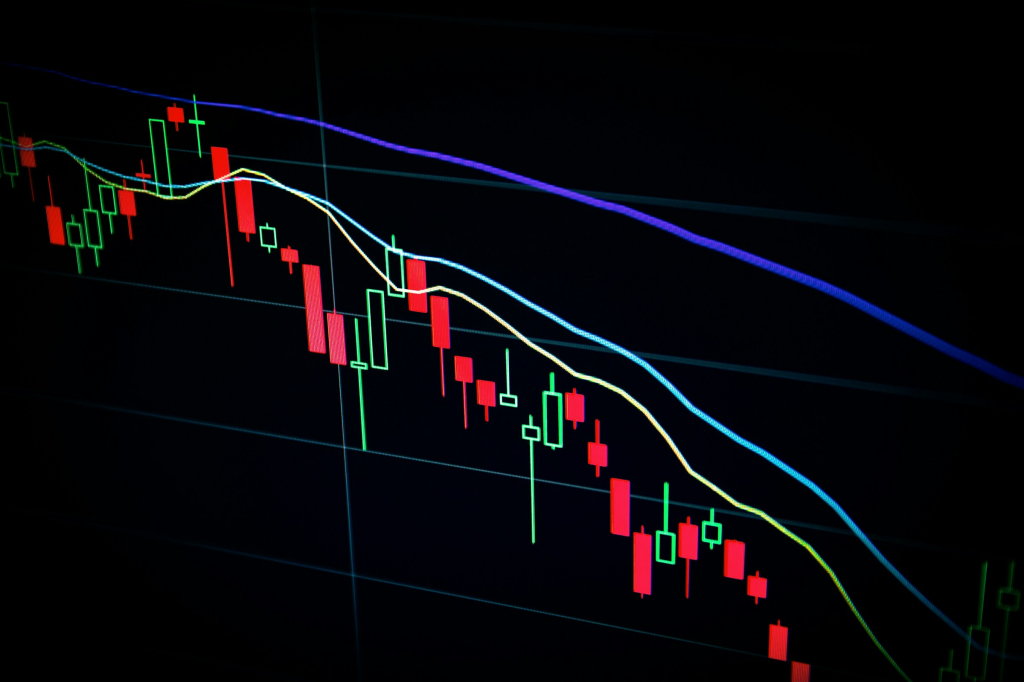

Comment 0